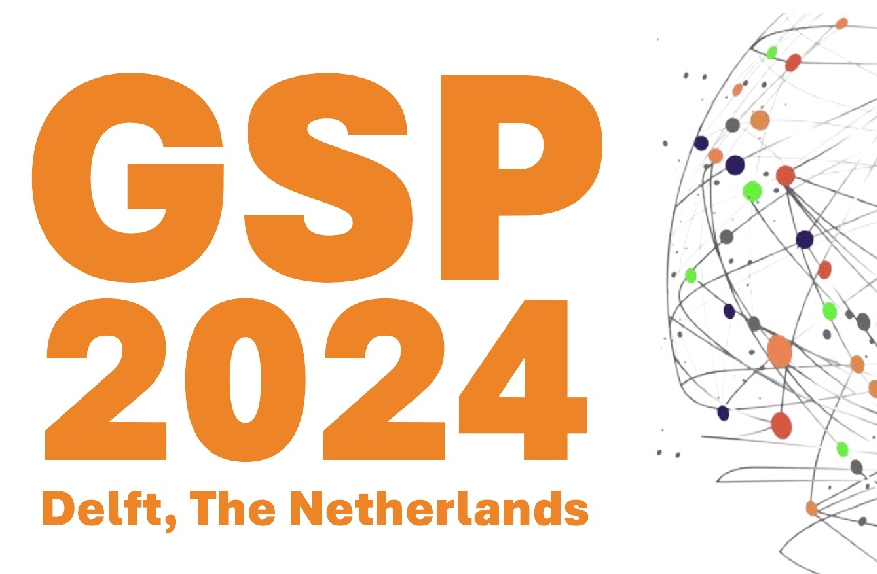Agenda
Signal Processing Seminar
- Thursday, 21 November 2019
- 13:30-14:30
- HB 17.150
Partial discharges recognition and (localization) in Gas Insulated Systems (GIS) using the cross wavelet transform.
Fabio Muñoz MuñozTU Delft

Partial Discharges (PD) detection is an essential tool for the diagnosis of high-voltage equipment because of their accuracy to detect and quantify defects and damages in the dielectric insulation, where the detection implies the measurement, acquisition, storage and processing of the PD phenomenon. Nowadays, the most widespread PD detection system is based on electrical measurements, in which the PD signals are acquired in the form of individual or series of electrical pulses.
In spite of the PD measurement has been exhaustively researched over the years, the separation of PD pulses from noise is one of the main challenges, especially in online applications. Noise contamination still one of the significant problems for PD measurements. Several studies have focused on the PD pulses separation and denoising techniques for PD measurements, in which the wavelet transform has been extensively used because is capable of locating time and frequency components allowing the analysis of aperiodic signals with irregular and transition features, such as the partial discharges. However, a major problem that most of these denoising techniques face is the ingress of external interferences having time-frequency characteristics similar to the partial discharge signals: periodic pulse-shaped interferences from power electronics, PD and corona discharges from the external power system, electrical pulses from switching operations, lightings, etc. This external noise can cause a false indication of PD activity, reducing the effectivity of the PD measurements as a diagnostic tool.
In PD measurement systems multiple signals can be simultaneously acquired for each PD event. Recording each signal through different sensors may provide extra useful information about the real nature of the waveform recorded. Tools like the correlation and trend analysis can provide the significance of relationships between the signals recorded. Nevertheless, these tools may not detect correlations if the signals are phase shifted; for instance, a phase shift of 180 ° between the signals may appear uncorrelated. The cross-correlation and the cross-spectral analysis can detect the phase shift, but only as average values and in stationary signals. For analysing aperiodic signals with irregular and transition features, the most suitable tool is the cross wavelet transform because it exposes regions with high common power and reveals the local relative phase between both signals.
In this presentation, we introduce the partial discharge measurements, the PD signals propagation in GIS, the cross wavelet as a tool to separate the PDs from the external disturbances, and some of the challenges that we are facing in the PD localization and detection in GIS.

Agenda
- Tue, 30 Apr 2024
- 10:00
- HB18.090
MSc SPS Thesis presentation
Wim Kok
A SystemC SNN model for power trace generation
- Mon, 6 May 2024
- 12:30
- Aula Senaatszaal
PhD Thesis Defence

Christoph Manss
Multi-agent exploration under sparsity constraints
- Tue, 21 May 2024
- 10:00
- Aula Senaatszaal
PhD Thesis Defence

Wangyang Yu
- 27 -- 28 May 2024
- Aula, TU Delft
Conferences

44th Benelux Symposium on Information Theory and Signal Processing (SITB'24, Delft)
- Tue, 18 Jun 2024
- 15:00
- Aula Senaatszaal
PhD Thesis Defence

Hanie Moghaddasi
Model-based feature engineering of atrial fibrillation
- Mon, 24 Jun 2024
- Aula, TU Delft
Conferences
